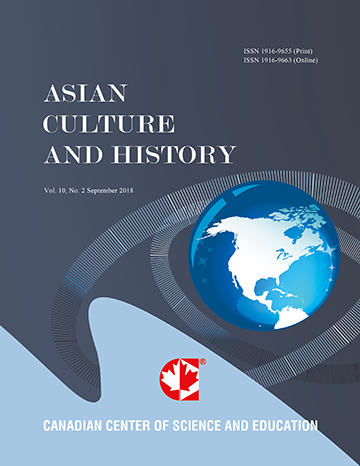Investigating a Japanese Authenticity-Blurring Mechanism in Discourse: “It’s the Mood which has the Last Say in Our Discussion.”
- Hideki Hamamoto
Abstract
Every culture has its own repertoire of characteristic discourse patterns. In a discourse, authenticity, which is related to socio-pragmatic strategies, is also culturally influenced. As is often noted, Japanese discourse patterns deviate from the Western norm in that the source of the influential view is intentionally blurred so that it is not easily traceable to its asserters. When the decision process is criticized, people concerned can say, “the mood had the last say in our discussion.” This discourse pattern is referred to as atmospheric dominance. The purpose of this research is to identify sources of the phenomenon through philological research, citing data from the Seventeen-Article Constitution (compiled in 604), Manyousyu (the 8th century anthology of poetry), Kojiki (the oldest chronicle, compiled around the 8th century), and Nihon Shoki (the second oldest chronicle, completed approximately 8th century). Our main point is that the concepts of Wa (harmony) and kotodama (language spirits) pertain to and constitute atmospheric dominance, which are defined with semantic metalanguage. This research clarifies how these two concepts are intertwined and work behind atmospheric dominance by citing documentaries, monologues, and newspaper articles, including the delay of publication of the meltdown incident in 2011.
- Full Text:
 PDF
PDF
- DOI:10.5539/ach.v9n1p40
Journal Metrics
Google-based Impact Factor (2017): 5.42
h-index (January 2018): 11
i10-index (January 2018): 21
h5-index (January 2018): 6
h5-median (January 2018): 9
Index
- Academic Journals Database
- CNKI Scholar
- COPAC
- EconPapers
- Elektronische Zeitschriftenbibliothek (EZB)
- Excellence in Research for Australia (ERA)
- Genamics JournalSeek
- Google Scholar
- Infotrieve
- LOCKSS
- MIAR
- NewJour
- Open J-Gate
- PKP Open Archives Harvester
- Publons
- RePEc
- Scilit
- SHERPA/RoMEO
- Standard Periodical Directory
- Technische Informationsbibliothek (TIB)
- The Keepers Registry
- Universe Digital Library
- WorldCat
Contact
- Ivan YongEditorial Assistant
- ach@ccsenet.org
